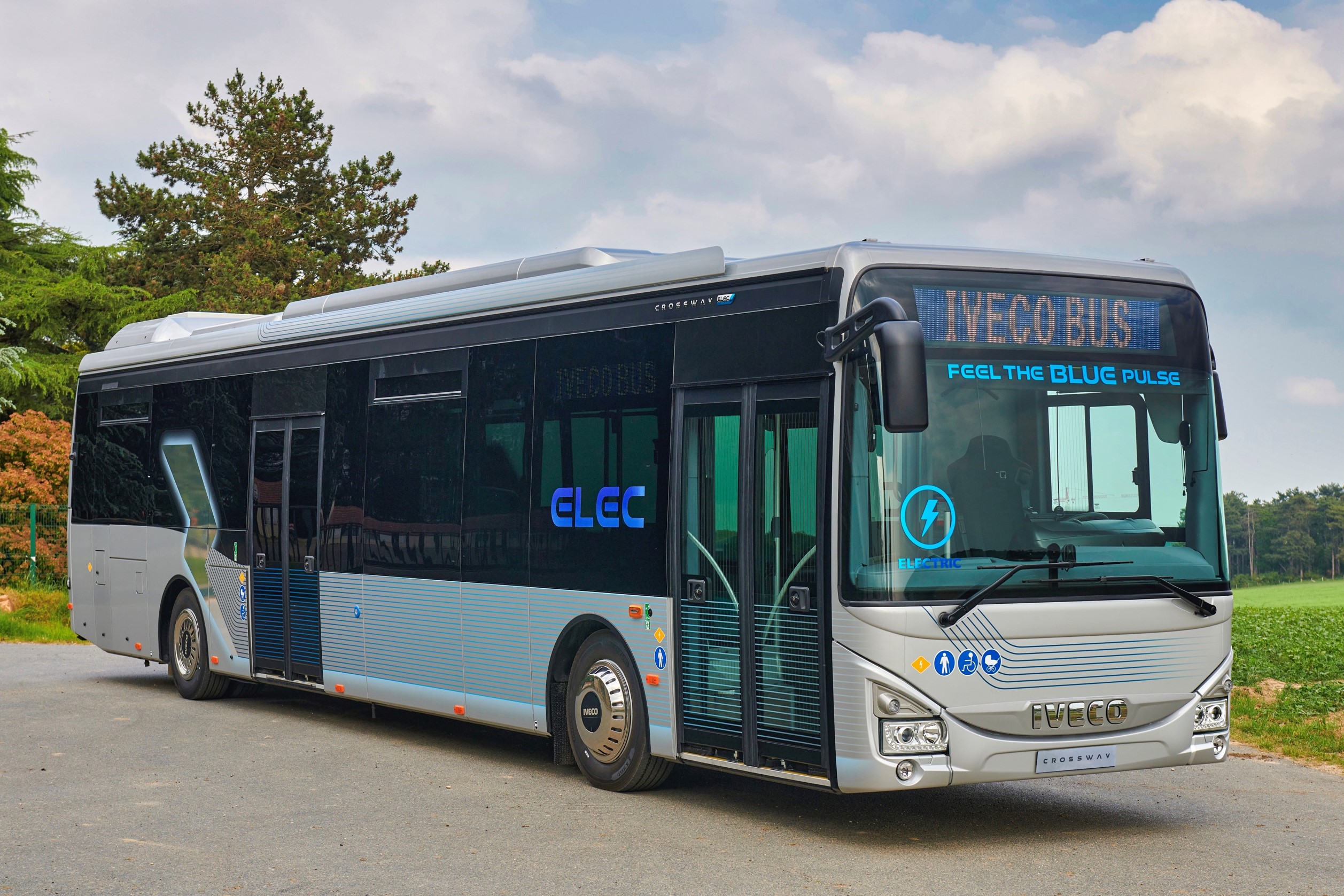
As Europe advances towards more sustainable transportation solutions, the adoption of intercity electric buses (e-buses) is emerging as a key component in reducing emissions in the passenger transport sector. Despite being in its nascent stages, the market for intercity electric buses is expanding, driven by technological advancements and supportive regulatory frameworks. This article explores the current state, challenges, and potential growth trajectory of intercity e-buses in Europe, emphasizing the latest models and developments in this promising segment.
Market Overview
In 2023, Europe saw the registration of just 200 intercity electric buses, a stark contrast to the more than 6,000 municipal battery-electric buses registered in the same period. While this disparity highlights the early stage of intercity electric bus adoption, there are several promising developments in the sector that suggest rapid growth in the coming years.
Regulatory Framework
The European Union has implemented ambitious targets to reduce CO2 emissions from heavy-duty vehicles, which include intercity buses. By 2030, new registrations must achieve a 45% reduction in emissions, escalating to 65% by 2035 and 90% by 2040. These regulations underscore the EU's commitment to fostering a zero-emission future, encouraging manufacturers to accelerate the development and deployment of electric buses in the intercity segment. For more details check out our policy repository.
Innovations in Bus Design
Low Entry Layouts
Low Entry (LE) bus designs are gaining popularity in the intercity segment due to their accessibility and adaptability to alternative drive technologies. LE buses feature partially lowered floors that facilitate fast passenger boarding and wheelchair access through manual ramps. This design supports the integration of new electric technologies by accommodating batteries and other components on the roof without significantly altering the bus's profile.
However, LE buses face trade-offs in terms of reduced seating and luggage space compared to traditional models, along with higher production costs. Despite these challenges, the emphasis on ecological benefits and accessibility is likely to drive growth in this segment.
Leading Models and Manufacturers
Iveco Bus Crossway Low Entry Elec
Iveco has been a pioneer in the intercity electric bus market with its Crossway Low Entry Elec model, which is available in both urban and intercity variants. Powered by a central electric motor and NMC lithium-ion batteries, the Crossway offers high energy density and flexible battery configurations, making it suitable for a range of applications. Iveco's ongoing investments in electric bus technology highlight its commitment to sustainable transportation.

MAN Lion’s City E LE
Introduced at Busworld Brussels 2023, the MAN Lion’s City E LE marks MAN’s entry into the intercity electric bus market. Featuring NMC batteries with advanced Battery Management Systems, the bus offers modular battery configurations and a robust propulsion system. MAN's strategic focus on flexibility and efficiency positions this model as a strong contender in the intercity e-bus sector.

Volvo 8900 Electric
Volvo's new BZR platform supports the company's entry into the intercity electric bus market. Designed for a range of applications, the platform features modular battery configurations and high-performance electric drivetrains. The partnership with bodybuilder MCV for series production underscores Volvo's commitment to expanding its electric bus offerings in Europe.
Scania Castrosua
Scania's entry into the intercity e-bus market includes a low-entry model with significant energy storage capacity. The collaboration with Northvolt for battery production highlights Scania’s emphasis on sustainability and innovation. With fast-charging capabilities and long battery life, Scania's offerings are poised to meet the demands of intercity transport.
![Az ibériai piacon már elérhető a Castrosua és a Scania közös helyközi villanybusza | Magyarbusz [Info]](https://magyarbusz.info/wp-content/uploads/2024/03/timthumb-920x662.jpeg)
Emerging Players and Future Developments
- Solaris is planning to launch a high-floor intercity electric bus platform by 2026, with models available in both battery and hydrogen variants.
- Temsa LD SB E is one of the few intercity battery-electric models currently on the market, offering a range of battery capacities and seating options.
- VDL Citea's new generation e-bus range, with its purpose-built electric design, is adaptable for intercity operations, signaling VDL's potential future focus on this segment.
- Irizar is set to unveil its first intercity electric bus model in the second half of 2024, showcasing continued innovation in the sector.
The intercity electric bus market in Europe is poised for significant growth, driven by regulatory support, technological advancements, and increasing consumer demand for sustainable transport solutions. While the market is still in its early stages, the development of new models and infrastructure indicates a promising future for intercity e-buses. As manufacturers continue to innovate and expand their electric bus offerings, the transition to zero-emission intercity transport is set to gain momentum across Europe.
References
- Original article from Bus and Coach Professional: "Intercity electric buses, which models are available on the European market?"




